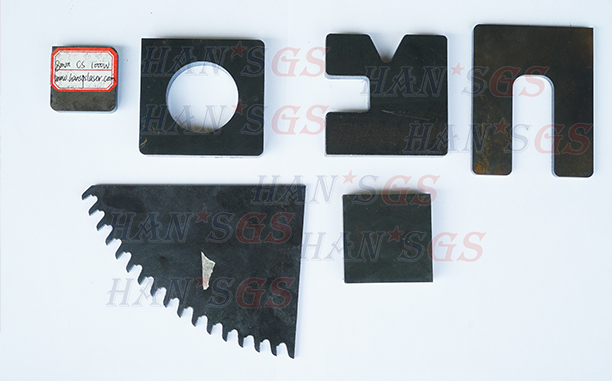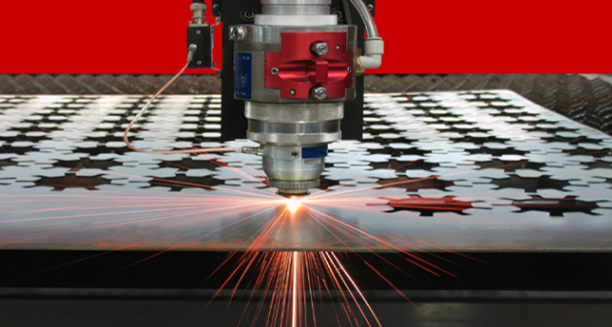Judging the quality of laser cutting machine cutting is the best way to determine the performance of laser cutting equipment. Here are some of the nine criteria for judging.
1. Roughness. The laser cutting section will form a vertical grain. The depth of the grain determines the roughness of the cutting surface. The shallower the grain, the smoother the cutting section. Roughness not only affects the appearance of the edges, but also affects the friction characteristics. In most cases, it is necessary to reduce the roughness as much as possible, so the lighter the texture, the higher the cutting quality.
2. Verticality. How the thickness of the sheet metal exceeds 10 mm, the perpendicularity of the cutting edge is very important. When away from the focus, the laser beam becomes divergent, and depending on the position of the focus, the cut becomes wider toward the top or bottom. The cutting edge is a few hundredths of a millimeter from the vertical line, and the more vertical the edge, the higher the cutting quality.
3. Cutting width. The width of the slit generally does not affect the quality of the cut. The cut width has an important effect only when a particularly precise profile is formed inside the part. This is because the width of the cut determines the minimum meridian of the profile. As the thickness of the sheet increases, the width of the cut also Increase. Therefore, to ensure the same high precision, regardless of the width of the slit, the workpiece should be constant in the processing area of the laser cutting machine.

4. Grain. When the slab is cut at high speed, the molten metal does not appear in the slit below the vertical laser beam, but instead is ejected after the laser beam is deflected. As a result, the curved lines are formed at the cutting edge, and the lines closely follow the moving laser beam. To correct this problem, the feed rate is lowered at the end of the cutting process, and the texture of the lines can be greatly eliminated.

5. glitch. The formation of the burr determines a very important factor in the quality of the laser cutting, because the removal of the burr requires an extra workload, so the severity and the amount of the burr can directly determine the quality of the cutting.
6. Material deposition. The laser cutter hits a special oil-containing liquid on the surface of the workpiece before it begins to melt the perforations. Gasified and various, the material does not need to be blown off by the customer, but the upward or downward discharge will also form a deposit on the surface.
7. Depression and corrosion. The depressions and corrosion have an adverse effect on the surface of the cutting edge, affecting the appearance. They appear in cutting errors that should normally be avoided.
8. Heat affected zone | In laser cutting, the area along the vicinity of the slit is heated. At the same time, the structure of the metal changes. For example, some metals harden. The heat affected zone refers to the depth of the area where the internal structure changes.
9. Deformation, if the cutting causes the part to heat up sharply, it will deform. This is especially important in fine machining because the contours and tabs here are usually only a few tenths of a millimeter wide. Controlling laser power and using short laser pulses can reduce component heating and avoid distortion.


 中文
中文 English
English France
France العربية
العربية русский
русский español
español português
português srpski језик
srpski језик Việt Nam
Việt Nam
 中文
中文 English
English France
France العربية
العربية русский
русский español
español português
português srpski језик
srpski језик Việt Nam
Việt Nam






